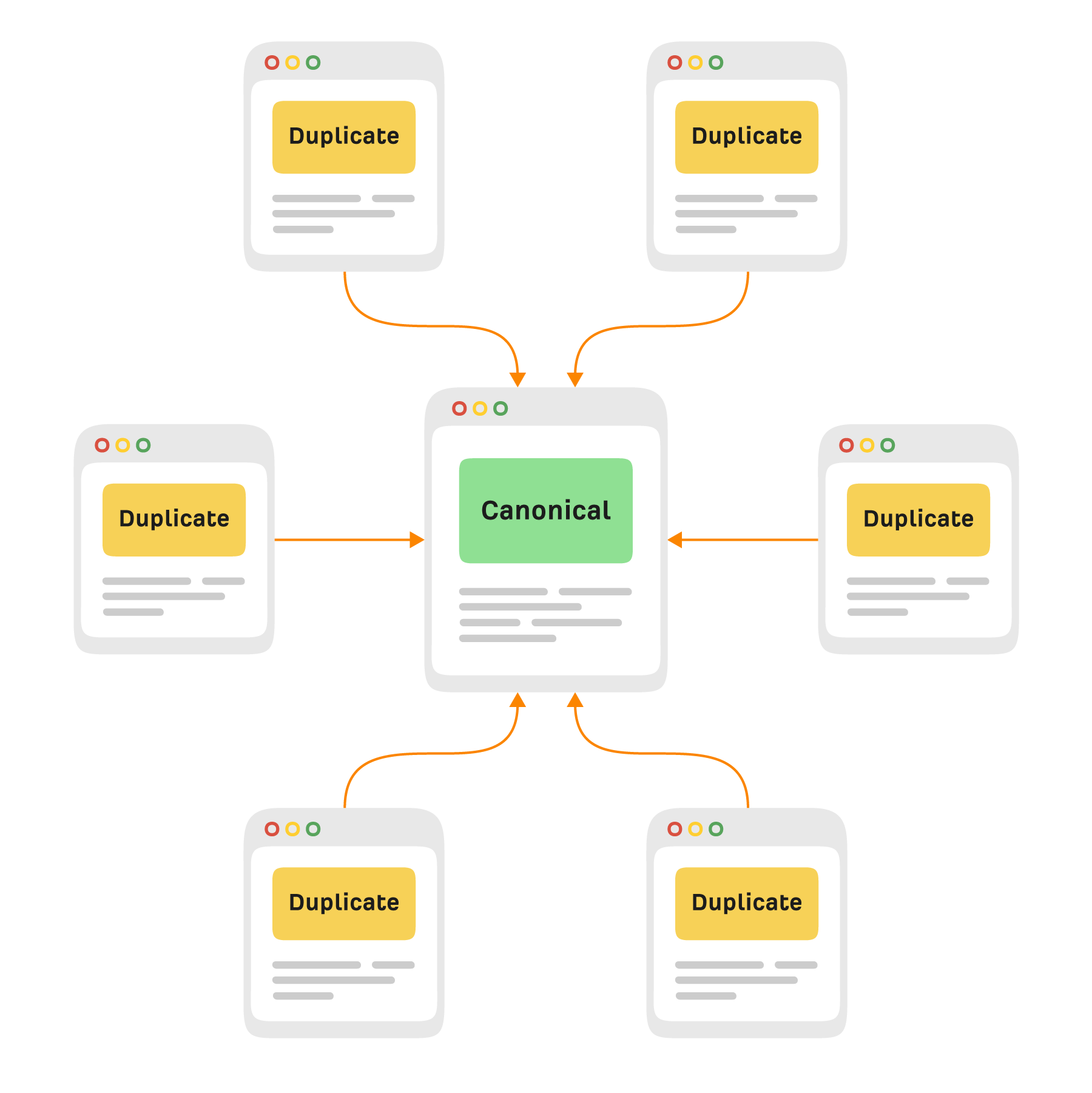Duplicate content is a common issue that many website owners face. It occurs when the same content appears on multiple URLs within a website or across different websites on the internet. While having duplicate content on your website may not necessarily violate spam policies, it can negatively impact user experience and SEO efforts. In this blog post, I’ll explore what duplicate content is, why it’s a concern, and what you can do to resolve it.
| Impact of Duplicate Content |
|---|
| Confuses Search Engines: They may struggle to determine which version to index, affecting your site’s visibility in search results. |
| Wastes Resources: Search engines spend time crawling duplicate content instead of discovering new or updated content. |
| Harms User Experience: Users may encounter identical content on different pages, leading to confusion and frustration. |
What is Duplicate Content?
Duplicate content refers to identical or very similar content that appears on multiple web pages. This can occur within a single website, where different URLs lead to the same content, or across multiple websites that publish identical or nearly identical content. Search engines like Google strive to deliver the best possible results to users, and having multiple versions of the same content can confuse search engines and affect the accuracy and relevancy of search results.
Why Duplicate Content Matters?
While duplicate content itself is not considered spam by search engines, it can still have negative consequences for your website:
- Confused Search Engines: Search engines may have difficulty determining which version of the content to index and display in search results. This can lead to lower rankings or the wrong page being displayed to users.
- Wasted Crawling Resources: Search engines allocate resources to crawl and index web pages. Having duplicate content means that resources may be wasted crawling multiple versions of the same content instead of discovering new or updated content.
- Poor User Experience: Users may encounter duplicate content when navigating your website, leading to confusion and frustration. They may also question the credibility and reliability of your website if they encounter identical content on different pages.
How to Fix Duplicate Content on Your Website?
To mitigate the impact of duplicate content on your website, consider the following strategies:
Canonicalization:

Canonicalization involves specifying a preferred URL (canonical URL) for each piece of content on your website. This tells search engines which version of the content should be indexed and displayed in search results. You can implement canonical tags in the HTML code of your web pages to indicate the canonical URL.
Redirects:
If you have multiple URLs that lead to the same content, consider setting up redirects from the non-preferred URLs to the preferred one. This ensures that users and search engines are directed to the correct page.
Consolidation:
If you have similar or duplicate content across multiple pages, consider consolidating it into a single page. This not only eliminates duplicate content issues but also helps streamline your website’s structure and improve user experience.
Content Syndication:
If you syndicate content from other sources, ensure that you add value to it and avoid duplicating the content verbatim. Add your own insights, commentary, or unique perspective to differentiate your content from others.
Regular Audits:
Periodically audit your website for duplicate content using tools like Google Search Console or third-party SEO auditing tools. Identify any instances of duplicate content and take appropriate action to address them.
Conclusion
Duplicate content can pose challenges for website owners in terms of SEO, user experience, and resource allocation. By understanding what duplicate content is and implementing strategies to address it, you can improve the performance and credibility of your website. Whether it’s through canonicalization, redirects, consolidation, or content syndication, taking proactive steps to manage duplicate content can benefit both your website and its visitors. Remember, the goal is to provide users with unique, valuable content that enhances their browsing experience and keeps them coming back for more.

